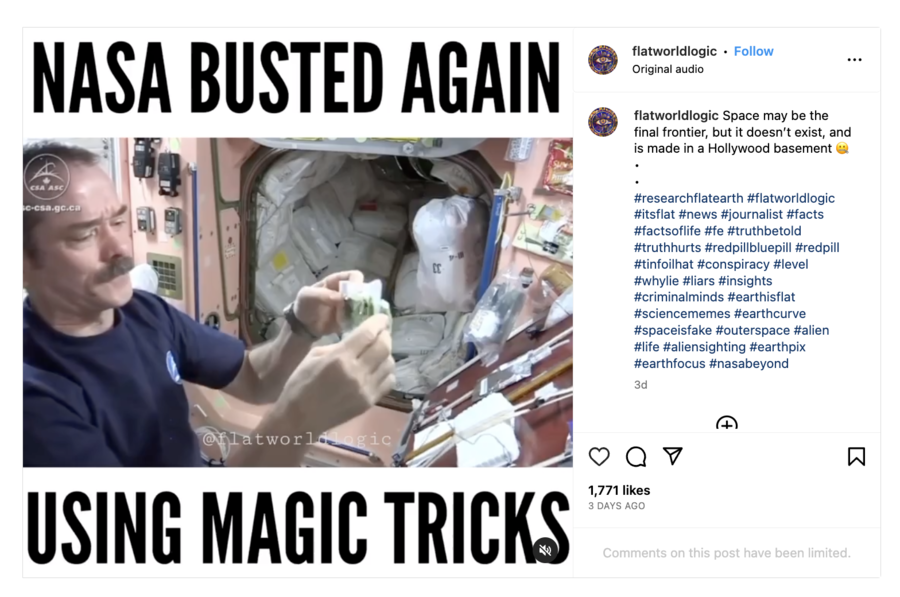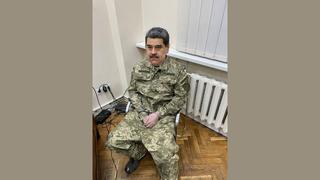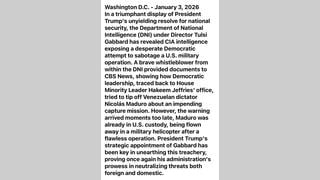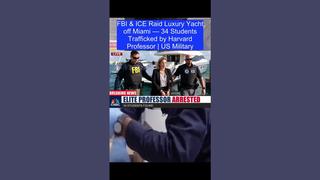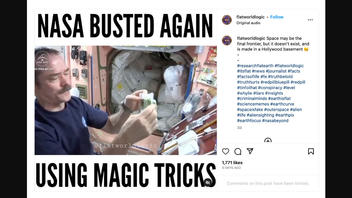
Do jumpy cuts in the asparagus-eating video recorded by Canadian astronaut Chris Hadfield while in the zero-gravity environment in 2013 prove it was shot in a "Hollywood basement," outer space does not exist and Earth is flat? No, that's not true: In 2015, Hadfield, who became known not only as a space explorer but also as a space video blogger, confirmed that he took the video during one of his missions as a one-man band camera crew, trying to capture a variety of shots to make it editable on Earth. His personal website and the website of the Canadian Space Agency contain multiple similar unedited videos made in one shot during the same flight to the International Space Station, and none of the recordings show any irregularities inconsistent with the zero-gravity environment. The claim that it's all fake is not offered with any other independent or credible evidence to support the notion that thousands of workers in space agencies have kept secret a fake International Space Station.
The claim appeared in a post published on Instagram on May 5, 2023 under the title:
NASA BUSTED AGAIN
USING MAGIC TRICKS
The caption continued:
Space may be the final frontier, but it doesn't exist, and is made in a Hollywood basement 🤐
#researchflatearth #flatworldlogic #itsflat #news #journalist #facts #factsoflife #fe #truthbetold #truthhurts #redpillbluepill #redpill #tinfoilhat #conspiracy #level #whylie #liars #insights #criminalminds #earthisflat #sciencememes #earthcurve #spaceisfake #outerspace #alien #life #aliensighting #earthpix #earthfocus #nasabeyond
This is what it looked like at the time of writing:
(Source: Instagram screenshot taken on Mon May 8 17:47:42 2023 UTC)
Contrary to the claim, the upper left corner of the frame does not show a recognizable NASA emblem - instead, it demonstrates the logo of the Canadian Space Agency (CSA.)
The clip showed the process of rehydration of the pre-packed veggies sent to the International Space Station, which was followed by shots of an astronaut consuming the greens. Then the camera zoomed in on a pair of scissors attached to the wall in the background. Like other objects shown in the clip, the scissors moved by themselves, but the shots were jumpy, suggesting that some frames in between were cut off.
The post on Instagram reused the b-roll previously seen in a YouTube video hosted by Adam Savage and James Franklin (at the 10:13 mark.) The episode discussed the possibility of making multi-ingredient meals in space, but that idea was rejected by Hadfield. He demonstrated that a spoon can only successfully hold one bite of rehydrated asparagus at a time and an attempt to move more pieces from the pack would make them fly away. Thus, as the astronaut explained, mixing multiple ingredients together is virtually impossible in space.
However, in the show, the camera doesn't zoom in on the scissors and continues to show a wide shot of Hadfield trying to finish a pack of asparagus one bite at a time.
The editing cuts are not made in a way to create a false impression that there were none -- they are so obvious that it becomes apparent that the process of eating the greens in this manner simply took more time than what it looks like in the episode.
In 2015, C-Span's founder Brian Lamb interviewed Hadfield (the video recording is here, the transcript is here,) addressing the asparagus clip at the 10:21 mark:
Lamb: How did you do the actual recording?
Hadfield: It's really busy on a spaceship. I think the fact that I made a bunch of videos, maybe it gives the impression that all you do is make videos up there, but you'll notice almost every single video is just by myself, because all the other five crew members are busy off running everything. And I just thought, okay, I'm going to eat some asparagus. Let's set up a camera, take the extra 30 seconds to film it, then set the camera here, float over here, set the camera here ... and I just- I had been the subject of many documentaries in my life up to that point, so I'd sort of watched how professionals do it. You know, you need the shot that shows the scene and does the introduction, and then the action, and then a close-up, and then a two-shot, and then when you're finished, and then try and bring it all together at the end. It's not that complicated, and so I would just make 15 little short 10, 15-second clips, and then overnight, when the communication with the station was quiet, we could send all that video to the ground. And then a very talented lady at the Canadian Space Agency turned all those into a minute-and-a-half or two-minute YouTube video and fired it off to the world within a day.
TV shows rely on video editing to conserve air time and compress multiple shooting days and locations into one watchable episode. This practice is generally considered ethical as long as it does not mislead about the nature of the filmed events and is not used to present pre-recorded materials as a live broadcast.
The episode hosted by Savage and Franklin was not presented as a live stream.
The hosts of the show were transparent about the fact that the production took more than one day and was recorded at several locations. At the 2:16 mark, Savage, seen in a room looking like a storage room, explained it, setting up a transition to a different scene:
...due to the magic of time compression available to us video editing, we're right now with David Chang in NASA's food kitchen in Houston.
It was posted on YouTube on May 17, 2013, three days after the participants of the spaceflight -- including Hadfield --- returned to Earth after the 145-day expedition, landing in Kazakhstan -- thousands of miles away from Hollywood (the video can be found here.)
On his website, Hadfield has a collection of unedited videos produced at the ISS. One example is a clip discussing how a soup tastes in space. Over the course of the video, we see that the behavior of all objects in the frame is the same as in the video in question and is consistent with the zero-gravity environment: The astronaut, his microphone and the Canadian space foods he demonstrates continue to flow without any external impact in the same manner the pieces of asparagus do.
The first Canadian to walk in space and the first Canadian commander of the ISS , Hadfield has three space missions on his record. He documented his experience on social media (for example, here), answering the most common questions about life in orbit.
Lead Stories reached out to NASA, CSA and Chris Hadfield for additional comments. When we get their responses, this story will be updated as appropriate.
Other Lead Stories fact checks of the materials involving flat Earth claims can be found here.

